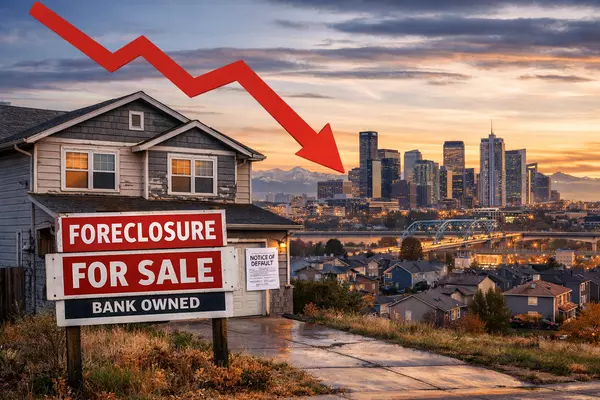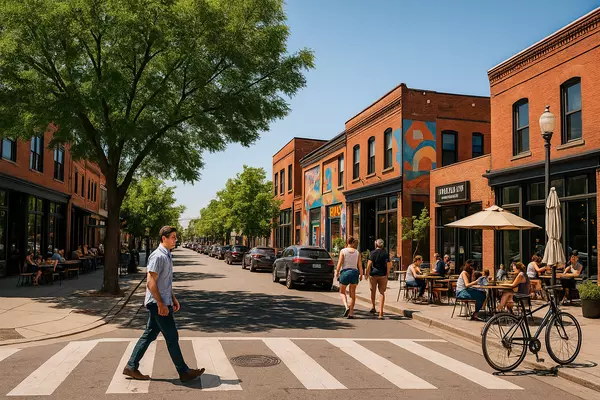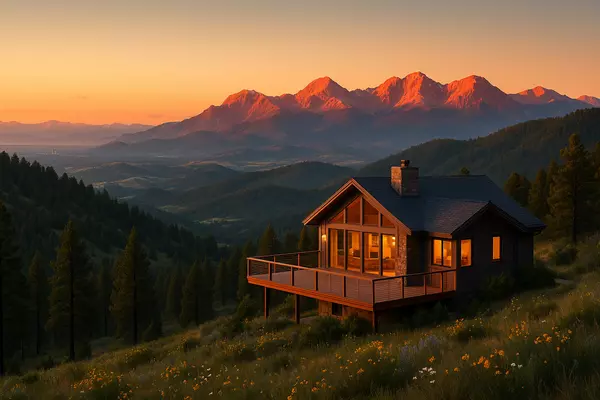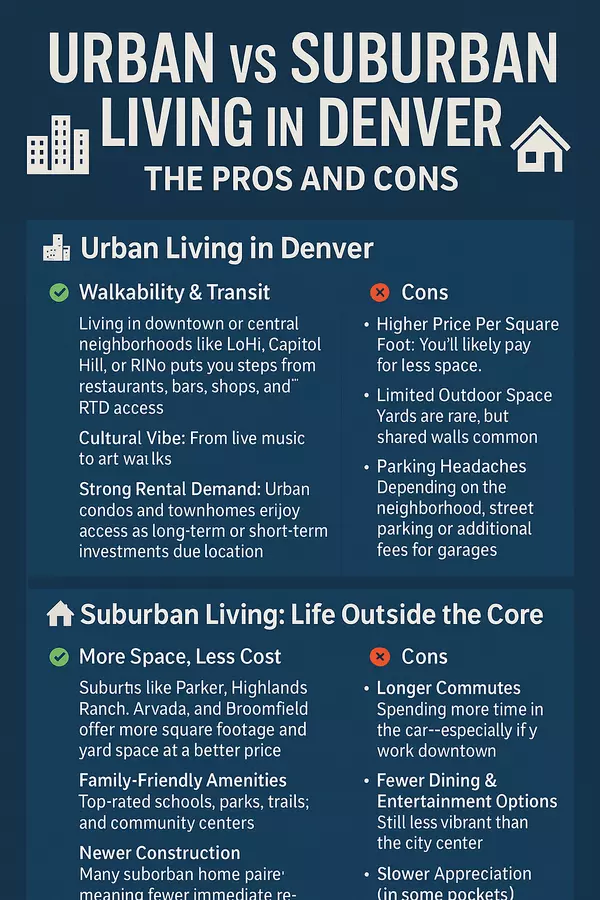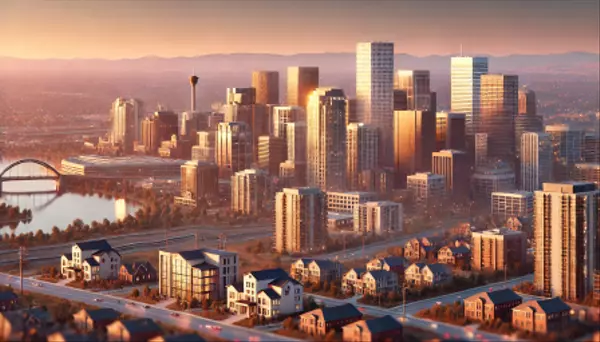The History of Denver's Architectural Styles and How They Shape the City's Real Estate

Ever since its establishment during the Pike's Peak Gold Rush, Denver has been a city that epitomizes change and growth. This spirit of transformation can be clearly seen in the evolution of its architectural styles, which is deeply ingrained in the city's vibrant real estate landscape. Understanding this rich architectural history is not only fascinating but can provide unique insights into Denver's real estate market.
Let's take a journey through the key architectural periods that have shaped Denver's cityscape, starting from the humble beginnings.
**Victorian Architecture (late 1800s to early 1900s)**
In the aftermath of the Gold Rush, Denver expanded rapidly and many of the first homes built during this era reflected the popular Victorian architectural style. It was characterized by detailed ornamentation, steep roof pitches, and bay windows. Many of these homes were constructed with local materials like sandstone and brick. Areas like Capitol Hill and Baker still boast Victorian houses, and they offer a unique charm that draws in home buyers who appreciate historic architectural detail.
**Denver Square (early 1900s to 1920s)**
As Denver continued to grow, a new architectural style began to dominate: Denver Square, also known as the Foursquare. These homes, as the name implies, were typically square in shape with two stories, a wide porch, and a hipped roof with a central dormer. Denver Squares are found across various Denver neighborhoods such as Park Hill, Country Club, and Congress Park. Today, these homes are coveted for their sturdy structure and roomy interiors.
**Art Deco & Streamline Moderne (1920s to 1940s)**
Between the World Wars, Denver embraced the geometric motifs, bold outlines, and sleek lines of the Art Deco style. Commercial and public buildings, more than residential structures, were built in this style, transforming Denver’s skyline. A superb example is the Denver City and County Building.
The Streamline Moderne style, a later branch of Art Deco, also had an impact on Denver. This style emphasizes curving forms, long horizontal lines, and sometimes, nautical elements. One can spot a few examples of this style in the city, such as the old Denver Police Building at 1341 Delaware.
**Mid-Century Modern (1940s to 1960s)**
Post-WWII, Denver saw a surge in the popularity of the Mid-Century Modern architectural style. These homes are characterized by flat planes, large glass windows, and open spaces, symbolizing a shift towards simplicity and functionality. Arapahoe Acres and Krisana Park are two neighborhoods known for their Mid-Century Modern homes. These houses, with their clean lines and contemporary aesthetics, are still sought after in the Denver real estate market.
**Denver's Contemporary Architecture (1970s to Present)**
The past few decades have seen Denver embrace a more eclectic mix of architectural styles, with a significant move toward contemporary architecture. These designs often incorporate sustainable materials and energy-efficient features. Denver's Lower Highlands (LoHi), River North (RiNo), and other burgeoning neighborhoods are home to such cutting-edge architectural wonders.
So, what does all this mean for Denver's real estate market?
Understanding Denver's architectural history can help home buyers, sellers, and investors make more informed decisions. Historical homes in Denver, for instance, are not just residences but pieces of the city's past. They carry a certain charm and heritage that many buyers find appealing, leading to a higher demand and, consequently, a higher price point.
On the other hand, Denver's contemporary homes often come with sustainable and high-tech features, appealing to the environmentally-conscious and tech-savvy buyer. Recognizing these trends can help both buyers in search of their dream home and sellers seeking to maximize their property's appeal.
Denver's architectural history is as diverse and dynamic as the city itself. Each style has left its indelible mark, shaping the cityscape and influencing the real estate market in unique ways. And as Denver continues to grow and evolve, so too will its architectural landscape, promising an exciting future for this Mile-High City's real estate.
Categories
Recent Posts
